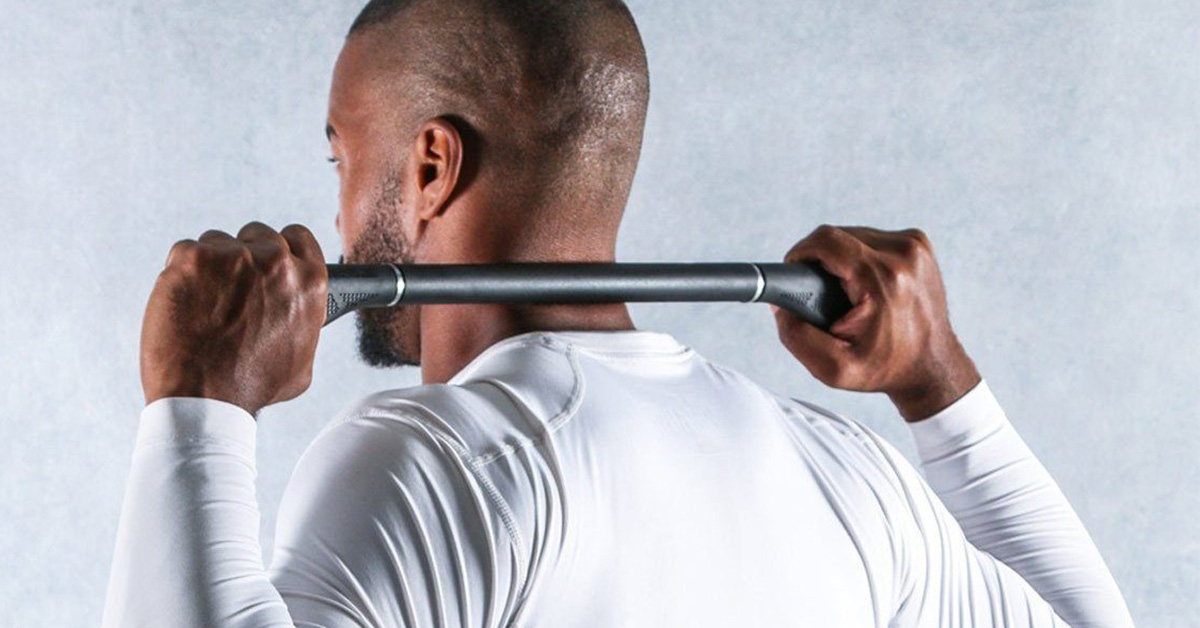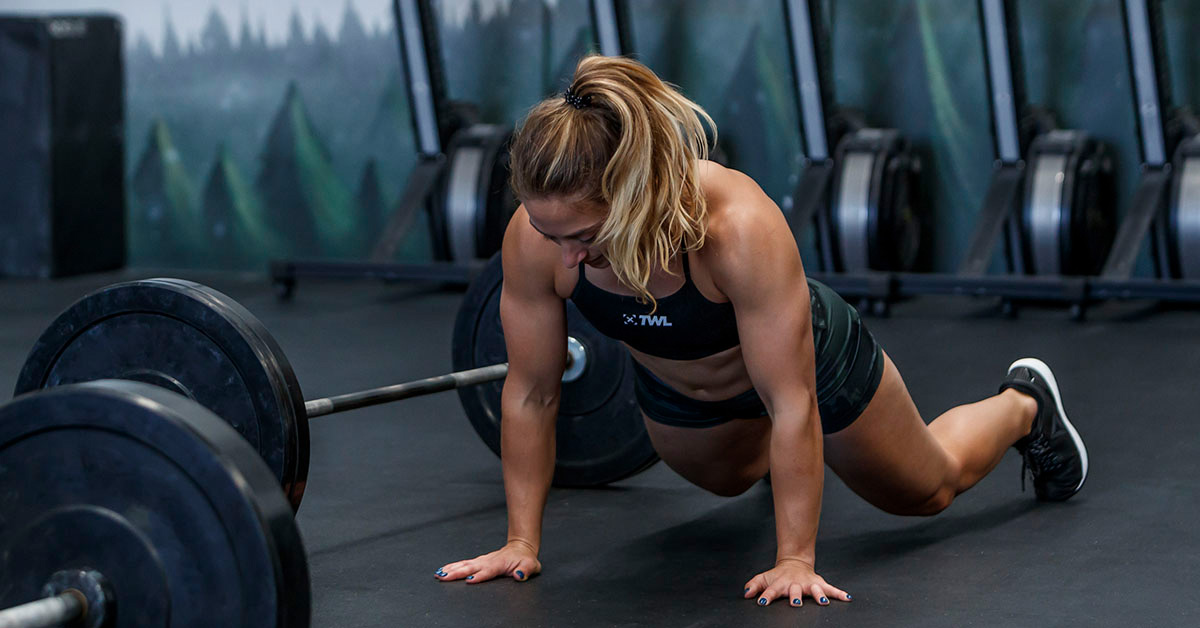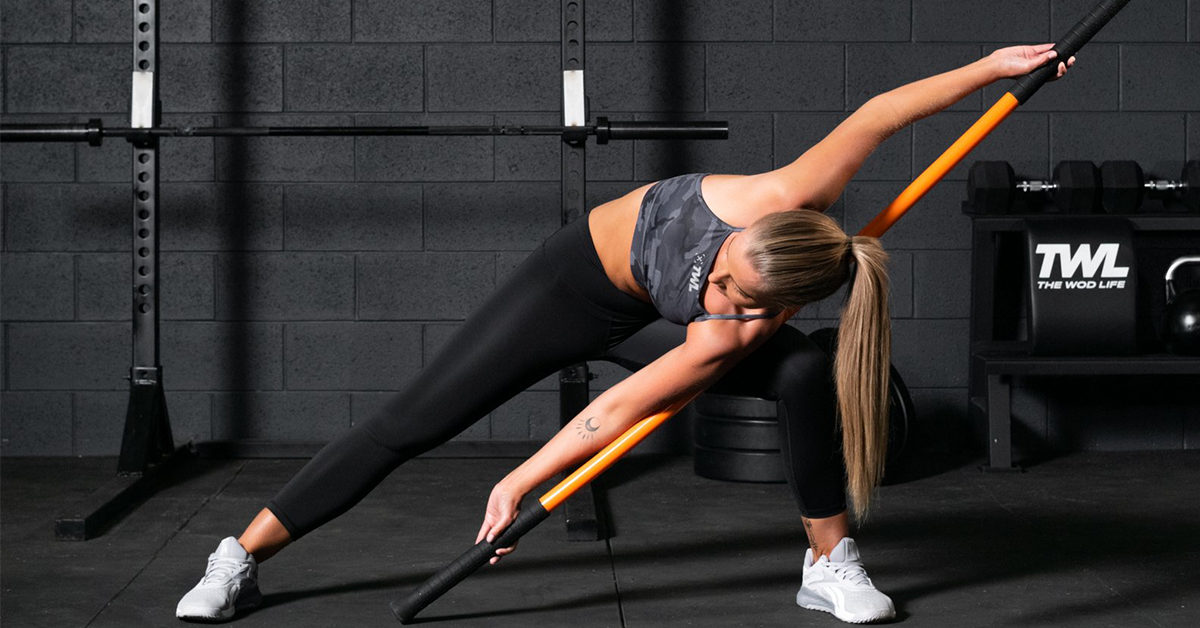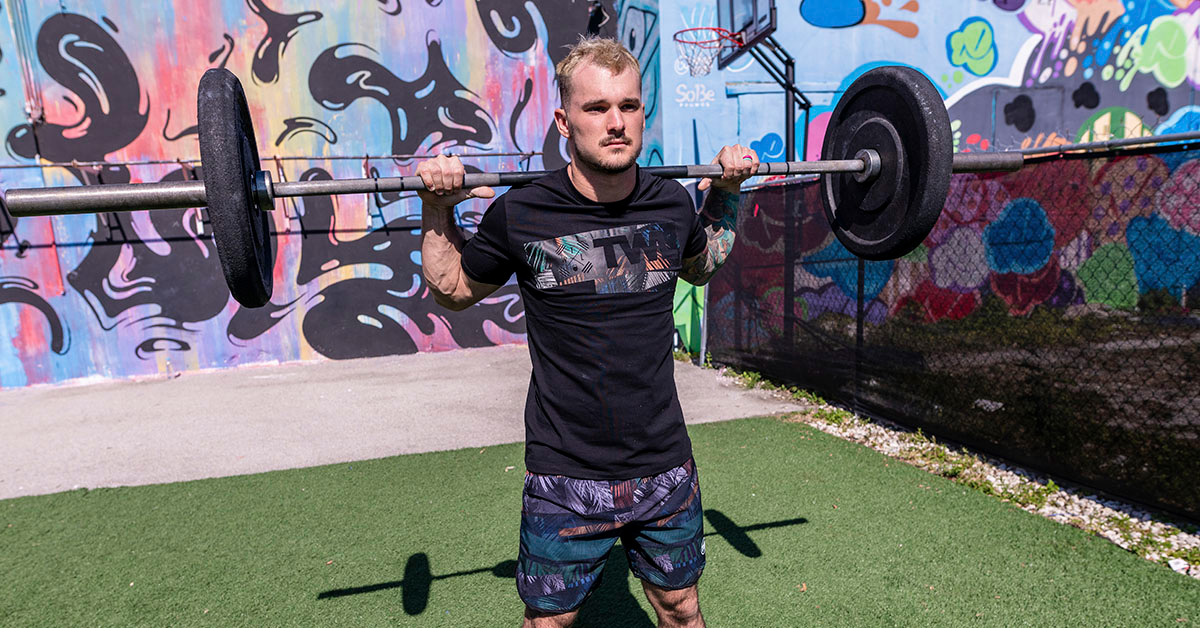We all have days after heavy back squats when climbing a single flight of stairs is like climbing Mount Everest. The soreness feels good — you know that you had a challenging workout — but then you think about that twinge you felt in your back mid-rep and you wonder if you need to worry about it.
When you train like an athlete, it’s crucial to be in tune with your body. It’s especially important to know the difference between soreness and injury and whether or not it’s safe to keep training when pain flares up.
Uncomfortable Soreness Versus Injury: What’s the Difference?
Muscle soreness that shows up a day or two after a heavy lifting session, a.k.a. delayed-onset muscle soreness (DOMS), is a normal response to the damage your muscles withstand when you are lifting. The more difficult your lifting session is, the more microtears are made in your muscle tissue.
These tears make way for new muscle growth and are nothing to be alarmed by. Within three days of the workout, this soreness starts fading as your body rebuilds the muscle. Your muscles might still be tender or feel a bit heavy when you work out, but there is nothing wrong with them; they are just recovering.
View this post on Instagram
The pain of an injury is different from DOMS. If you’re hurt, you will usually feel a sharp pain in a specific place that you could pinpoint with your finger. DOMS is exclusive to muscle tissue, but an injury can occur in your bones, joints, connective tissue, or muscles. DOMS generally subsides within a few days and improves with movement. If you’re hurt, the pain from your injury might dull with activity, but it won’t go away and might come back even worse than before.
Certain injuries limit your range of motion. Some change your gait and stance and how you move overall, which can lead to soreness in other places. Some injuries happen in a moment under stress; others accumulate over time due to poor movement patterns or habits.
If you’re in pain, take the time to assess what you’re feeling. Is it sharp, only occurring in one place or on one side of your body? Does it get worse when you move or is the pain just a typical muscle soreness?
View this post on Instagram
If You’re Injured, Should You Still Work Out?
Once you have determined that you are dealing with some sort of injury, the next question is: Can I work out?
The answer: It depends.
How serious is your injury? Are we talking about broken bones, dislocated ribs, or herniated disks? Are we looking at soft-tissue damage: a sprain or strain to a muscle or tendon?
Most likely, you can do some sort of exercise, but what kind of exercise and how intense depends on the extent of your injury.
When You Should Take a Break
If you pulled a muscle or strained a tendon, you are better off resting for a few days and letting it heal rather than pushing through to try maximizing your gains. In fact, if you don’t leave it alone, you’ll probably end up with a worse injury. The less significant the injury is, the less rest it will take to recover, so buy yourself some time and take that break now.
If you’re allergic to sitting still, try some light activity that won’t stress your injured area. Here are a few ideas:
- Gentle yoga.
- Easy swimming.
- Stationary biking.
- A brisk walk.
View this post on Instagram
When You Can Hit the Gym But Adjust Your Workouts
If your injury is more significant and will take weeks or months to heal, get help from a physical therapist or coach to plan workouts that won’t stress your injury but will help you maintain your overall fitness.
Here are some ideas based on where you are hurt.
Shoulder
Avoid: Overhead pressing movements, snatches, kettlebell swings, wall balls, push-ups, and jumping jacks.
Stick to: Core and lower-body work (squats, box jumps, and lunges), running, and biking. Depending on your injury, you may be fine doing lighter-weight deadlifts and even some pull-ups or rowing.
Mid to Lower Back
Avoid: Hinging movements (deadlifts, good mornings, toes-to-bar, V-ups, sit-ups, and burpees) and barbell work unless you go really light.
Stick to: Static core work (planks, dead bugs, and bird dogs), gentle yoga, and low-impact bodyweight movements (air squats, lunges, box step-ups, push-ups, and strict pull-ups). Running and swimming may or may not be good for your back depending on the injury.
View this post on Instagram
Leg (Including Knee, Ankle, and Foot)
Avoid: Jumping and running. Depending on the injury, you may also want to avoid barbell work.
Stick to: Upper body and core work. Rowing, stationary bike, swimming (if you are not in a cast), pull-ups, strict press, and dumbbell work.
If you are smart about it, staying active while you are injured will not only help you maintain your fitness but also by increasing blood flow will promote a quicker recovery, helping you return to 100% sooner than you would if you are stuck on the couch with your Netflix queue and copious amounts of popcorn.

















